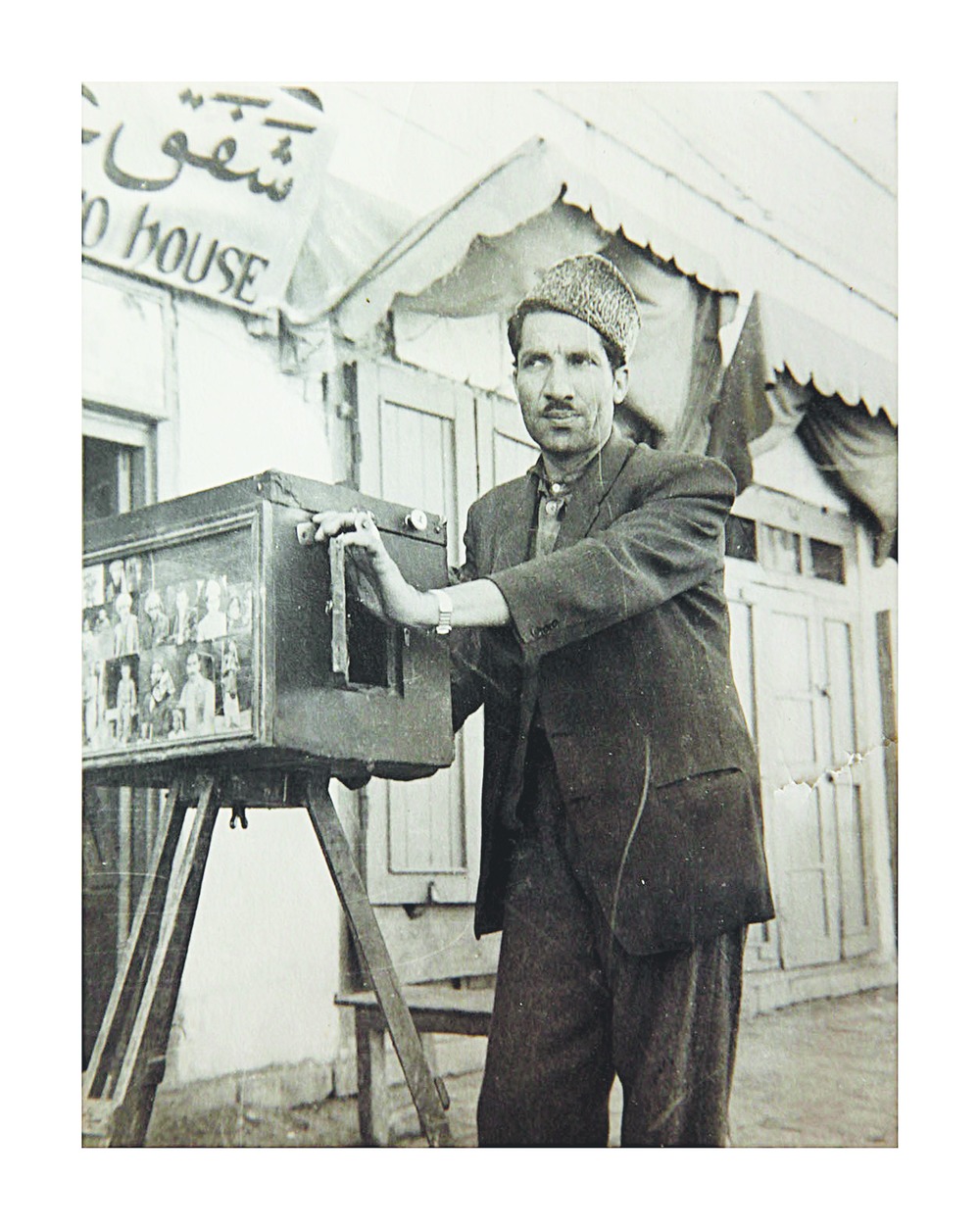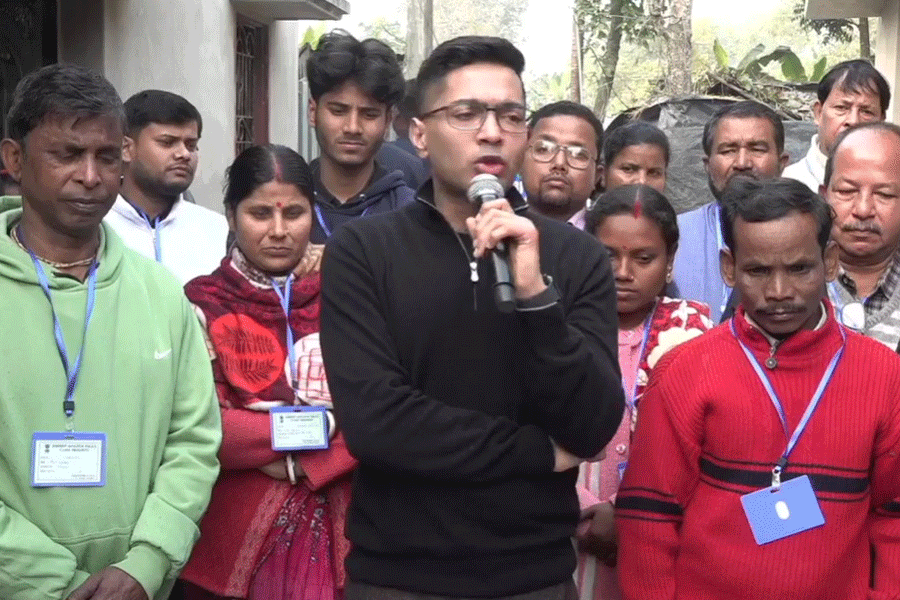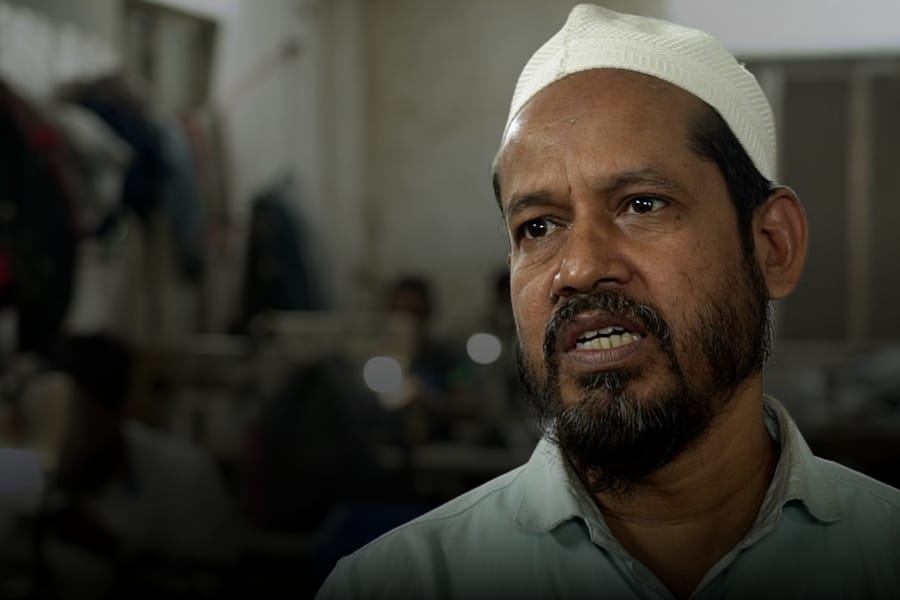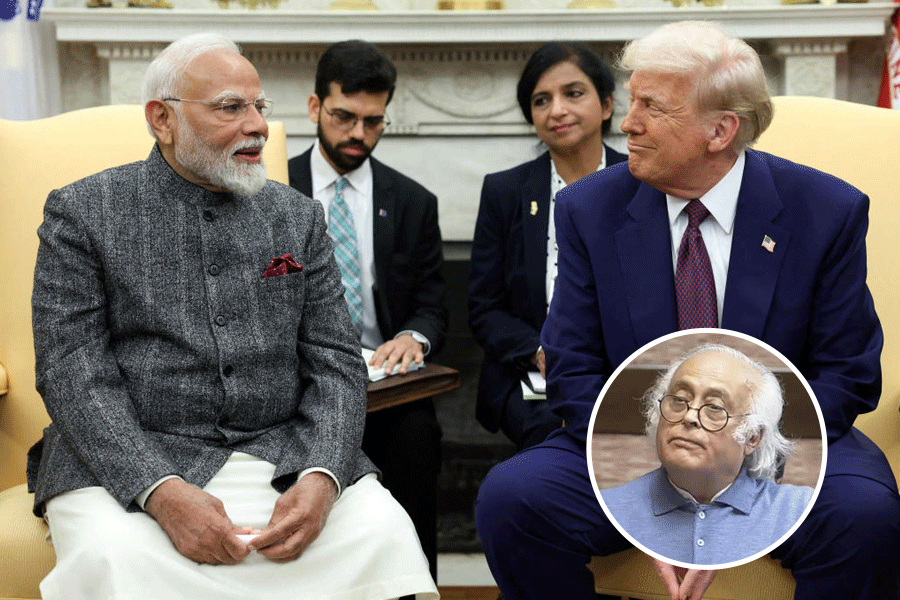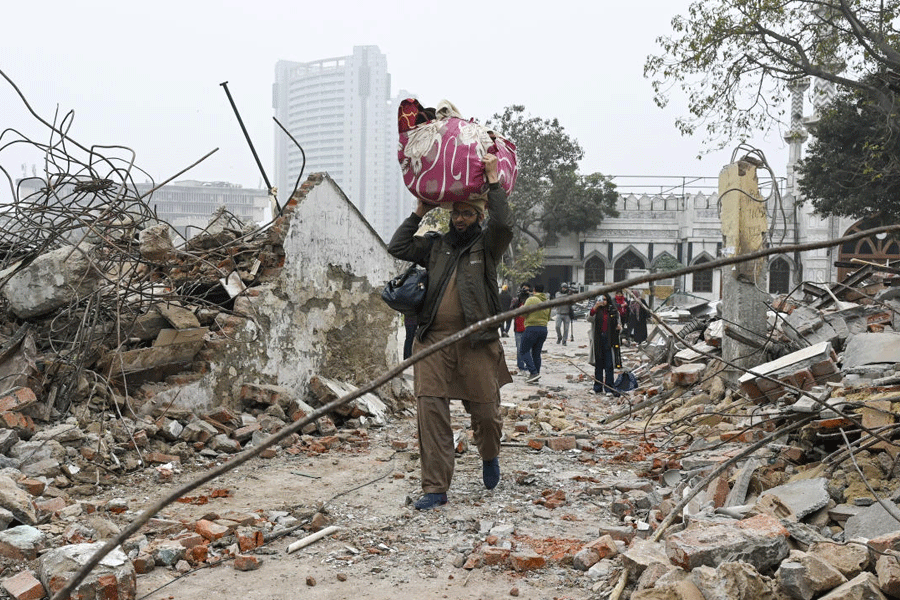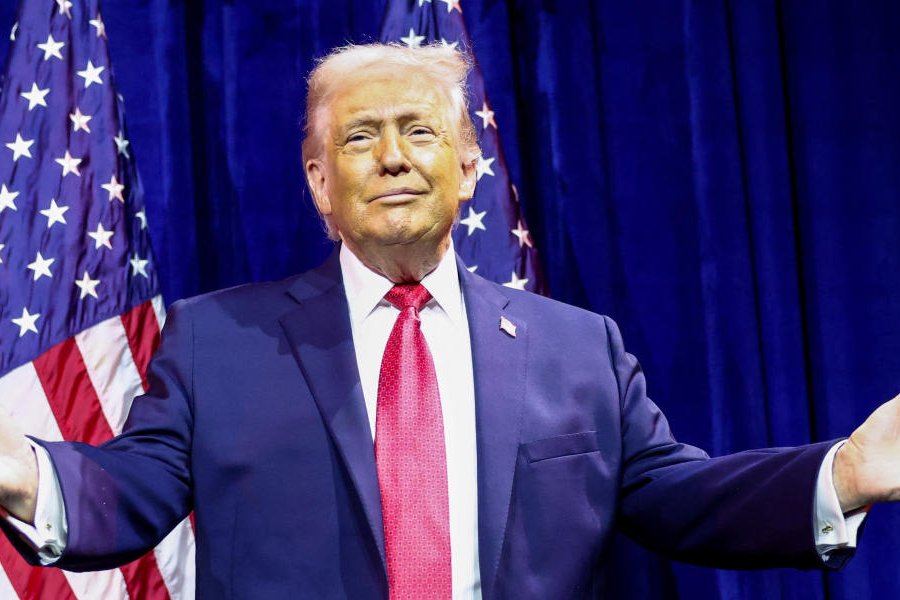 |
Just when it appeared that India-Israel relations had hit a plateau, a trailblazing project is under way which has the potential to change the bilateral relationship from one that is still largely cloak-and-dagger and under-cover to one the two peoples can genuinely embrace.
When the documentary, Shalom Bollywood, by the Australian academic and filmmaker, Danny Ben-Moshe, is completed and released, hopefully later this year, it may well be possible to draw a parallel between the engagement of each other by New Delhi and Tel Aviv on the one hand and India’s legendary people-to-people relationship with the Soviet Union on the other.
It was cinema which changed the tone of Indo-Soviet ties in the 1950s and 1960s from the unappealing images of rare, often tense, meetings between a crusty Josef Stalin and an overtly serious philosopher ambassador in Moscow, Sarvepalli Radhakrishnan, to ones of joie de vivre, with Raj Kapoor as its enduring symbol.
When Ben-Moshe spoke at the Library of Congress and at the Indian embassy, both in Washington, last week, supplemented by clips from Indian cinema, which is celebrating its centenary this year, jaws literally dropped even of hardened Indophiles among Americans, who attended his lectures. Most of them did not know that Jews from Calcutta and Mumbai were at the front and centre of Indian cinema in its formative years. That was because these pioneers of Indian cinema had given up their Jewish identities in favour of screen names such as Sulochana, in the case of Ruby Myers, and Nadira, the original vamp of the silver screen, whose real name was Florence Ezekiel. Only David Abraham Cheulkar, “Uncle David” of Boot Polish, Golmaal fame, looked unmistakably Jewish. He also did not change his very obvious Jewish name for a Hindu or Muslim screen persona.
Ben-Moshe himself was unaware of Indian cinema’s Jewish links until the father of an Indian student of his at Deakin University in Melbourne mailed him Nadira’s obituary from an Indian newspaper in 2006. It aroused his curiosity and Ben-Moshe travelled to Mumbai to explore the possibilities of making a film about her life. What he discovered in Bollywood instead was a treasure trove for a documentary filmmaker whose academic specialization is the diaspora. Subject after subject whom he met for interviews gave him more and more information about Jews who shaped what has now evolved into Bollywood. He made four more trips to India and thus was born the idea of Shalom Bollywood, a documentary that is substantially different from the film on Nadira that he originally set out to make.
Ben-Moshe’s talk at the embassy, headlined “The 100th anniversary of Indian cinema: the Jewish story” and supported by B’nai B’rith International, a 170 year-old Jewish advocacy organization, had a personal aside for me. Amidst urban America, where everyone is confined to their valued personal space, I was to discover in the course of that evening that not only was B’nai B’rith’s executive vice president, Daniel S. Mariaschin, my neighbour, only a few steps away, but also that his wife is Indian.
If Shalom Bollywood makes an impact, it could open up similar celebrations of walks of life by Indian Jews who have receded in public memory in proportion to their dwindling numbers. During conversations over dinner after Ben-Moshe’s lecture, references were made to Calcutta’s David Nahoum, popularly known as the city’s “fruit cake man” and the iconic confectionery shop he ran until his death last month at the age of 85.
The upcoming documentary will, of course, deal with the life of a Jewish girl from Calcutta who ran away from home when she was a teenager to dance in a travelling theatre company run by Parsis. Esther Abraham adopted the screen name of Pramila and became the first Miss India in 1947. Her grandfather was a rabbi in Calcutta.
But any expanded celebration of people-to-people engagement between India and Israel would require cooperation and imaginative coordination between the two sides. In 2011, Navtej Sarna, who was ambassador to Israel, defied conventional wisdom and launched a month-long festival called “Celebrating India in Israel.”
He faced challenges at every stage of the festival’s organization: unlike in the entire Arab world, from Egypt, where old Hindi film songs are still sung in many households, to Oman or Bahrain, where Indian languages are commonly spoken, there was scepticism about the appetite for a month-long barrage of Indian culture in Israel beyond the 70,000 Jews there of Indian origin or even among them.
Besides, India’s art and literary community comes in varying shades of ‘progressive’ flavours and there was reluctance within sections of this community to visit Israel or to perform there for political and ideological reasons.
When the angularities were all straightened out and the festival got off, it did not come as a surprise that a conversation with Sharmila Tagore was a big hit or that a Bollywood dance workshop at a public square drew large crowds. At times, the workshop acquired images of typical Bollywood sets when the ubiquitous Israeli army personnel on their rounds with rifles and weaponry joined the dances on the street.
Nor was it a surprise that hundreds of Israelis assembled on their beaches to practise yoga as part of the festival calendar. What was unexpected, though, was that a one-day literary festival at Mishkenot Sha’ananim, where the Jersusalem Book Fair is organized, would be packed to capacity. Or that other cricketing nations with a diaspora in Israel would join India in promoting the game as a spin-off from the observances.
Himself an author, Sarna’s rationale was that the India-Israel defence relationship or bilateral trade would inevitably have its seasonal ups and downs but cultural ties would be an all-weather engagement. What was tested with the events built around “Celebrating India in Israel” was whether such a festival could be transformational for ties in the long run.
For one thing, the profile of Israelis visiting India is changing, albeit slowly. Until the popular celebration of India that took off in Israel two years ago, backpackers constituted the bulk of Israelis travelling to India. These were young men and women who were taking a break after their compulsory military service.
With the festival now into its third year in a row, awareness of India in Israel is certainly of a different kind. More and more regular tourists, many of them highbrow, are now increasingly making India a part of their travel itinerary. This is what people-to-people relations can bring about. Israel had never been tested as a ground for India’s soft power because it was barely a year ago that the two countries celebrated only the 20th anniversary of the establishment of their diplomatic relations.
Shalom Bollywood too will be a test of this soft power in this untested environment. It will not be lost on Israel that most of the documentary’s central figures chose to stay and die in India. And the few who did emigrate, as David Abraham did, went to Canada or other places, not to Israel.
That is a tribute to India’s inclusiveness as a country where there is no anti-Semitism. Ben-Moshe unhesitatingly acknowledged this: “In Hollywood, in its early days, the Jewish influence was behind the camera. But in India it was always upfront, right there on the screen.”

